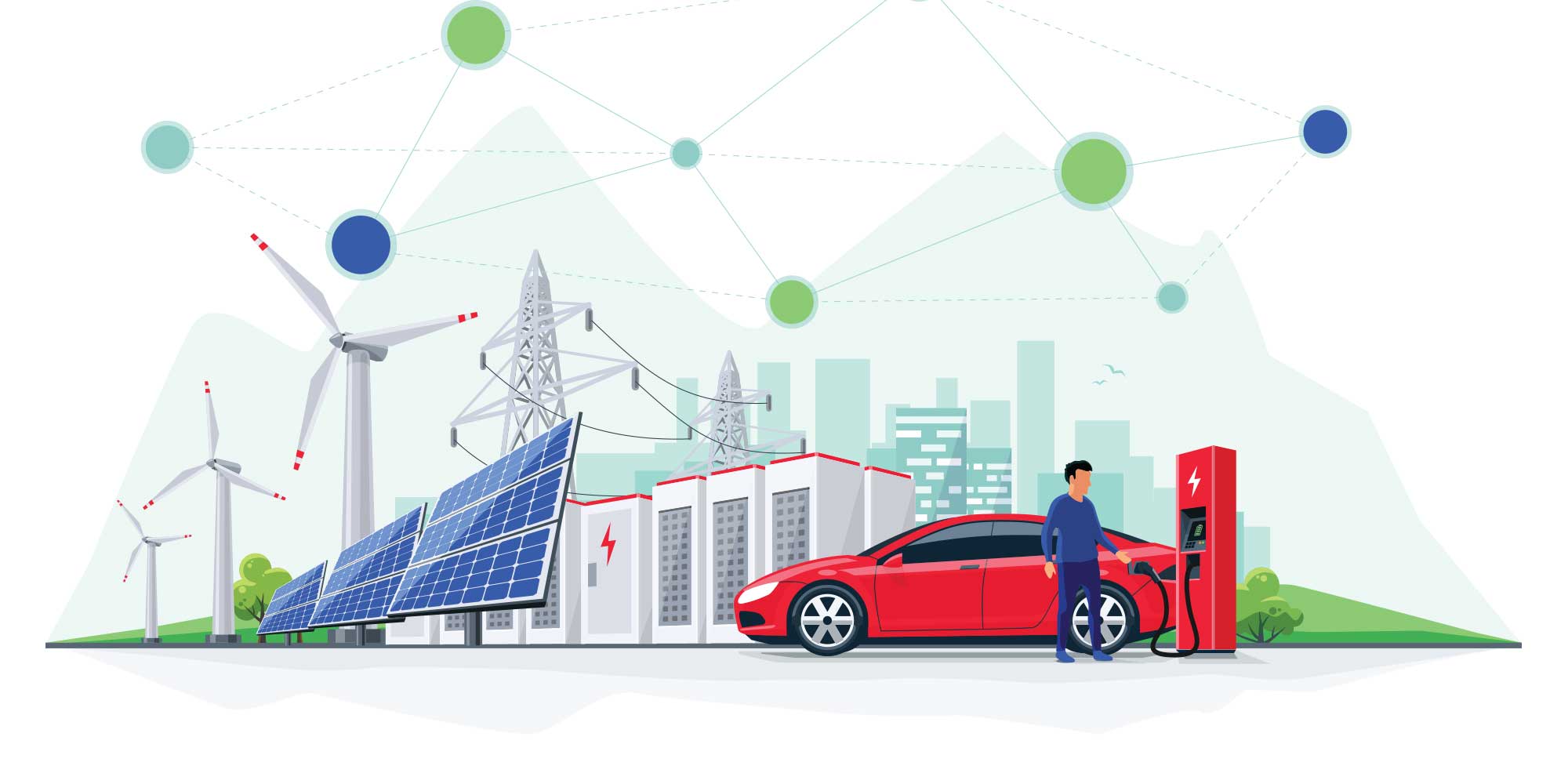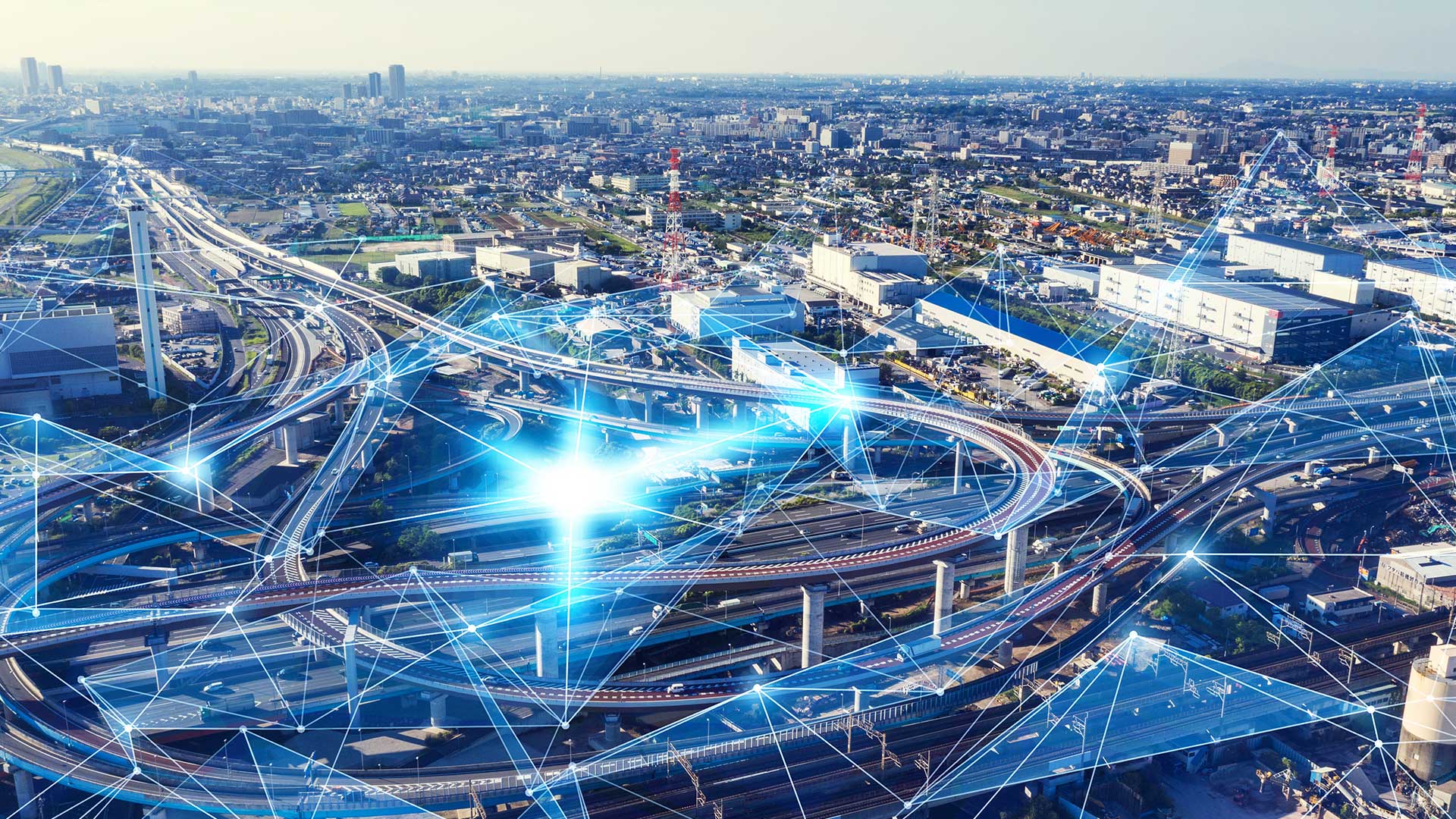This post has already been read 23538 times!
How an “internet” for logistics will deliver new efficiencies and value.
“What I’m suggesting to you is that this could be a renaissance. We may be on the cusp of a future which could provide a tremendous leap forward for humanity.”
So says Jeremy Rifkin, American economic and social theorist whose vision for a sustainable, post carbon economic era has been endorsed by the European Union and United Nations. Rifkin believes that three forms of the internet, once fully deployed and integrated, will deliver a renaissance never seen in our history.
Recommended: Webinar: The Power of Telematics in Logistics and Supply Chain Management
Today the internet is ubiquitous. We use the internet twenty-four seven to communicate. We use it every day generating information and data in the form of video, audio and text with our computers and phones. We are sharing our content with our family, friends and the world, in a single communication network, which is designed to be distributed, collaborative, and that favors peer-to-peer production and communications.
The creation and exchange of content peer-to-peer over platforms such as YouTube and Instagram, has created huge businesses and celebrities. In 2019, Kylie Jenner sold half of her cosmetics company to Coty for $600 million, giving her company a valuation of $1.2 billion. With nearly 0 marginal cost Kylie Jenner created massive demand for her cosmetics empire by leveraging social networks such as Instagram. All one needs to creating value, and possibly a billion-dollar business, is a phone and an internet connection.
New peer to peer technology that is accessible for consumers has changed the way value is created and shared. And there is more to come. - James Curtis @onenetwork Share on XThe ease of creating all this value in a revolutionary peer-to-peer economy has disrupted entire industries as centralized systems are comparatively inefficient. Just look to newspaper companies who have been wiped out by the internet, where anyone can share their thoughts and ideas for virtually no cost at all. Communication has become virtually free, a far cry from the high cost days of paying for phone calls and the delivery of mail. The same value creation and disruption will happen across the Energy and Logistics industries.

The Energy Internet
As we have seen with the disruption of a centralized communication network once owned by newspapers and TV stations, the energy internet too will disrupt entire industries. Centralized power companies will become a thing of the past, as the US will move the from an analog electrical power grid into the digital age to integrate energy flows with information flows, and allowing a high participation in energy transactions.
Now that the communication internet is converging with this very nascent energy internet, we will have the capability to sell energy we generate through green technology such as wind and solar back to the network. This ability for consumers to sell energy back to a network of peers, will encourage more and more of them to generate green electricity. Millions of households will become mini power plants, replacing the centralized system where energy travels thousands of miles from a central power plant. The energy internet will be distributed, collaborative and peer-to-peer.
The Automated Logistics and Transport Internet
Along with the convergence of energy and information flows, logistics will become integrated too. We have already seen this with companies like Uber and GrubHub who have automated the taxi industry and last mile delivery of food. In these systems, intelligent agents and autonomous algorithms run across a network to match supply of cars to the demand for transportation in real time.
Recommended: Using Real-Time Data to Improve Efficiency, Responsiveness and
Resilience of the Supply Chain
Today, our logistics and transportation systems, for the most part, are very inefficient. The huge disconnects and delays in communication result in many empty trucks on the road. Trucks on the road are “dead heading” back from deliveries, or they only have a small portion of that truck filled. A major reason for this is that our logistics system is not coordinated into a network.
There are thousands of warehouses and distribution centers across the United States. Companies hold on average between 5-10 warehouses somewhere in the country for their supply chains. Therefore they must have their trains or trucks move goods across hundreds or thousands of miles to where their centers are located, rather than taking advantage of available space at a location close by.
So, what would happen if all the 535,000 US warehouses and distribution centers were connected in a single network?
A networked logistics system powered by intelligent agents, drives optimal efficiency with minimal lead times. - James Curtis @onenetwork Share on XWhether you are a large Fortune 500 company or a small business, a network would allow for a high level of participation. Businesses would be able to have access to any warehouse and truck capacity when there is surplus available. You could move your goods or trucks only when and where you needed them, based on where the demand is in real-time, instead of going to a few centralized warehouses a few thousand miles away. This way, the goods are located near the customer and can be delivered at the lowest possible landed cost.
This network approach would allow each company to reap the cost savings that flow from being a part of a larger network. By joining a network, managed by sophisticated intelligent agents and analytics, companies would be able to optimize the routes and storage of items, and could distribute stock across the network to position it near the final market.
Physical lead times for the final leg approach zero, as goods can now be delivered to your doorstep in an hour rather than days (or in the case of Amazon 24 hours).
Adopting a network is also good for sustainability, leading to improved fuel savings, energy efficiencies and reduced carbon dioxide emissions.
The new network model for managing supply chains moves enterprises away from point-to-point and hub-and-spoke models, to a multi-party network platform, where every party on the network is a hub. Everyone’s data is on the network in a single instance, protected by permissions, while enabling trading partners to share specific pieces of information on a transaction with the appropriate party in real time.
Recommended: Webinar: The Power of Telematics in Logistics and Supply Chain Management
- Automating Logistics with an Intelligent Logistics Network - January 31, 2020
- How Restaurant Companies Can Achieve Network Effect in 2020 - January 7, 2020
- How AI is Generating Value for US Restaurants - August 6, 2019

